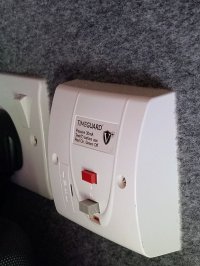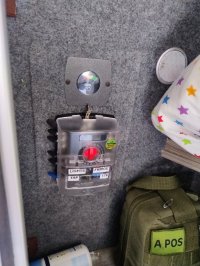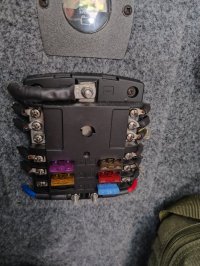You’re right Salty!No it doesn’t & the advice is (imho) borderline dangerous. In this scenario you are relying on whatever MCB is in the EHU supply post to protect your internal wiring in the van. The “hoovering” analogy has a fundamental flaw, in an extension lead scenario, the fuse in the plug protects the extension lead. A standard 16A EHU plug doesn’t have a fuse & everything downstream relies on the supplying MCB for protection, this is an unknown quantity. It has been said many times, the protective device, be it an MCB/RCBO/fuse etc. is there to protect the cable attached to it & nothing else. Without an independent consumer unit in your van, all the mains wiring would have to be able to carry whatever current that the MCB (if any) is rated at in the EHU post, and on a campsite, this is an unknown quantity.
I meant the RCD does the same job.
My thinking is that my socket is on 2.5mm2 cable and it’s impossible to overload it (unless I take my mig welder camping) so yes I am relying on the MCB in the supply post for an overload fault but I’m happy with that.
I guess I could take my MFU with me… Not going to!




